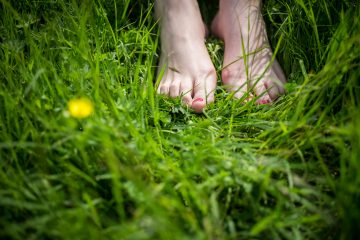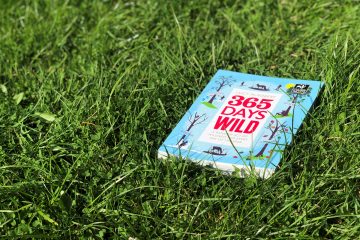It’s Children’s Mental Health Week (1st-7th February 2021) – so let’s talk about eco-anxiety in kids and how to help your children manage it.
Eco-anxiety is defined as a chronic fear of ecological and environmental disaster. People are becoming more anxious about the impacts of climate change; this is filtering down to children and teenagers and can cause stress and worrying, anxiety and associated conditions, like insomnia and depression.
First, remember that eco-anxiety is a completely natural response to the changing world around us. These are issues that our children need to understand and comprehend, but we can help them manage that in a way that protects their mental health. Here’s some simple ways that we can support our children with eco-anxiety.
- DO listen, and then talk
DON’T close down the conversation or deny that climate change is a problem
It’s a natural instinct to protect our children, to shield them for difficult conversations until they’re old enough to understand them fully. However, social media and easy access to the internet mean that we can’t protect our children all the time. Rather than leaving them to go down internet-rabbit-holes and be overwhelmed with fatalist content that terrifies them, the first step is to listen to them and hear them. Ask them what they know about issues like wildlife loss and climate change, how they feel about them, and what they understand. Listen to their questions and, if you don’t know the answers, try researching them together.
NORMALISING THESE CONVERSATIONS WILL HELP YOUR CHILDREN TURN TO YOU, RATHER THAN THE INTERNET OR SOCIAL MEDIA, IF THEY ARE SCARED OR OVERWHELMED.
- DO empower them
DON’T take the responsibility away from them
Children will have a roll to play in the future of our planet, and children that grow up caring about it are more likely to take meaningful action for it when they’re older. They need to understand the limitations of their own power and what’s beyond their control; but there are also things that they can do to help. Focus on those things and emphasise the difference that they are making. This could be cutting down their plastics; encouraging them to play with wooden, recycled or second-hand toys; discouraging a throwaway culture; choosing clothes from charity shops; eating foods grown locally that produce little waste; doing litter picks; growing their own food; walking or cycling to school rather than asking for lifts; and so on. They could also give talks at their school or read stories about teen activists, who could be role models.
ENCOURAGING YOUR CHILDREN TO TAKE POSITIVE ACTIONS THAT HELP THE ENVIRONMENT WILL MAKE THEM FEEL MORE CONFIDENT, SECURE AND HOPEFUL.
- DO lead by example
DON’T undermine their actions with your own
Your child will feel more secure if they see you taking your own actions to help wildlife and minimise your impact on the planet. When you take positive actions, tell your children and help them feel involved: this could be booking a local holiday rather than going abroad; cutting down your meat consumption and create vegetarian meals together; buying an electric car rather than petrol; switching to a green energy provider; or walking to the shops rather than driving. Let them see you shopping for second-hand clothes and using plastic-free products. Explaining why you’re making these changes can make the world of difference. Make greener political choices and explain politicians and their policies to older kids.
REMEMBER, WHILST ECO-ANXIETY IS VERY SCARY, IT IS UNDERSTANDABLE. DON’T TAKE AWAY THEIR FEARS, BUT BALANCE THEM WITH HOPE, EMPOWERMENT AND MAKE SURE THAT THEY FEEL PART OF A WIDER MOVEMENT OF PEOPLE (including you!) WHO ARE DOING EVERYTHING THEY CAN TO SAVE THE WORLD.
Here’s five easy tips to minimise eco-anxiety in your household
- Go for family walks together; use this time to look at wildlife. Actively observe nature, use all your senses and play games. Show them the beauty of nature. Pick up litter. You can also use this time to walk about their worries and concerns.
- Limit screen time and make sure you know what your kids are looking at. Social media, YouTube, TikTok – these channels can be very powerful and positive places but can also be toxic. Limit your own screen time, too, so you lead by example.
- Join an environmental organisation as family. This could be your local Wildlife Trust, the RSPB, WWF, Greenpeace, or a more specific organisation like Whale and Dolphin Conservation. Getting regular content, like magazines and newsletters, can help them be part of positive stories.
- For older kids who may be conscious of the clothes they’re wearing, or beginning to use toiletries and cosmetics, work with them to find eco-friendly products, like solid shampoo bars and refillable deodorant, and shop second-hand where possible. Discourage a throwaway society.
- Keep talking to and empowering your children. Listen to their fears. Watch nature documentaries together but keep things in perspective for your children. They must not try to take the weight of the world on their shoulders. If you are becoming seriously worried about your child’s mental health, seek professional help.



0 Comments